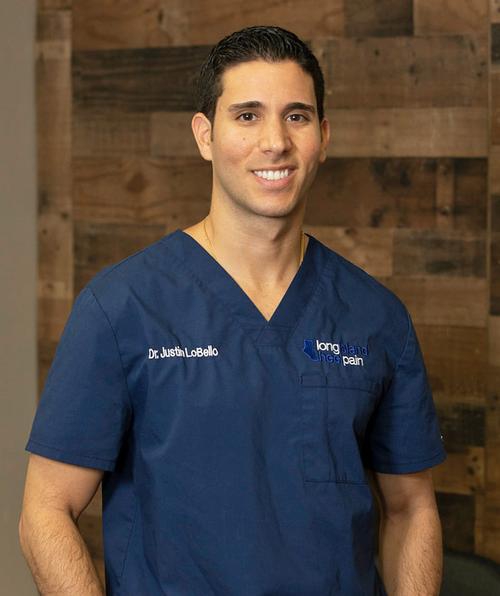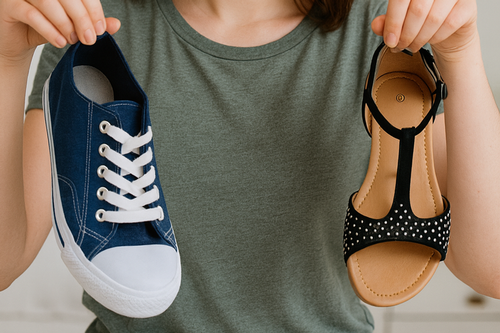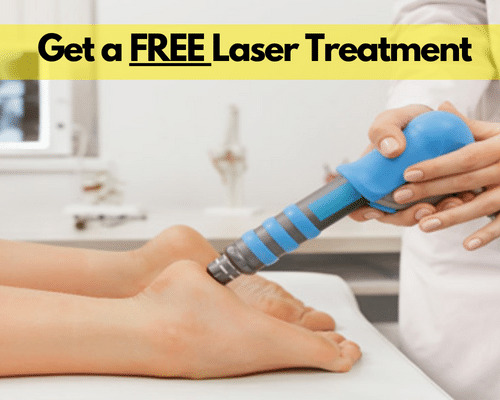If you have lived with a bunion for any length of time, we can absolutely understand the desire to just want it gone.
You want the aching to stop. You want the rubbing against the inside of the shoe to stop. Corns? Stiffness? Inflammation? Out the window.
And how can anyone forget that telltale bump? That bulging, fit-ruining, bony bump. Get rid of it!
If you search for “bunion cures” online, you might expect to see wave upon wave of home remedies and crazy contraptions promising the return of a bunion to a normal shape and position. Try it, however, and you might be surprised to find that the quack sector seems relatively small, especially when compared to a condition such as plantar warts.
(There are these really colorful gel toe separators called “YogaToes” on Amazon, though. We will not vouch for them without a closer look ourselves, but they look great for wearing by a pool with an umbrella drink in your hand.)
Why does there not seem to be a big rush to share potential bunion cure-alls online? We assume it is likely because the vast majority of people who suffer from bunions haven’t found anything like that which works, and are wise toward being fooled by anyone claiming they have.

A Bunion Knows How to Stick Around
Let’s go back to plantar warts for a second. Why are there so many potential “cures” for that, including duct tape and apple cider vinegar? Because warts are a condition that can go away on its own. It’s a viral infection, and that virus eventually dies, even if it takes a long time to do so.
While certain treatments can help this happen sooner than later, people will try all sorts of things at home as well. And, if the warts happen to disappear on their own while they’re trying something, they will naturally assume that did the trick—even if it actually didn’t. That’s just human nature.
However, a bunion is not an infection. It’s a mechanical problem caused by an imbalance in the tendons, muscles, and other soft tissues that surround the metatarsophalangeal (MTP) joint at the base of the big toe. This is what causes the metatarsal bone to turn outward and the big toe to start shifting inward up against its neighbors.
This is never the sort of thing that will just go away on its own, nor will it disappear with the use of toe separators or other items. That is not to say those tools aren’t useful in other ways, though.
So How Do We “Cure” a Bunion?
The only real way to “cure” a bunion, in the sense of making it go away, is to perform surgery on it. It’s much the same way that the only way to fix the foundation of a building is to get some tools and get to work.
That said, this does not mean that surgery is always the best solution, or that surgery performed for a bunion will have the purpose of getting rid of the bump.
The primary goals of bunion surgery are to relieve pain and maintain or restore mobility, depending on the circumstances of the condition. If these goals can be accomplished with a less invasive surgical procedure that doesn’t eliminate the foot deformity itself, that will likely be considered the better option.
Additionally, if these goals can be achieved without the use of surgery whatsoever… then even better! A conservative treatment plan may involve (but not be limited to):
- Changes in footwear; preferably to wide, flexible materials, such as soft leather.
- The use of custom orthotics to redistribute weight away from the bunion.
- The use of gel-filled or moleskin pads to reduce friction and irritation against the bunion.
- Warm soaks, icing, and medications to help reduce pain and inflammation, when necessary.
These methods will not cure or reduce the size or shape of a bunion, but they can provide substantial relief, make mobility much easier, and help slow or stop the progressive shifting of the big toe. That’s a significant victory!
.jpg)
If these measures do not have as much of an effect as we would like, however, or it is clear from the start that they just won’t do the trick, that is when surgery becomes a real consideration.
Multiple forms of bunion surgery exist, involving different procedures and goals. What we would recommend for you will heavily depend on factors such as your age, activity level, the severity of your condition, and medical history.
Regardless of our recommendations for you—conservative or surgical—we want to ensure you have a full understanding of what and why. Please never hesitate to ask any questions you may have or bring up any concerns. It’s your foot; you deserve to have the full rundown!
No “Cure”, but No Problems!
There is no natural way to correct a bunion, but that does not mean you must let the condition go unaddressed. You can still find increased comfort and pain relief no matter how long you have had your bunion, and we are here to recommend and provide the best means possible.
If you are seeking care for a bunion or other painful foot or ankle condition, give us a call at (516) 541-9000 to schedule an appointment at our office. Or, if you prefer to contact us electronically, fill out our online contact form to have a member of our staff reach out to you.



